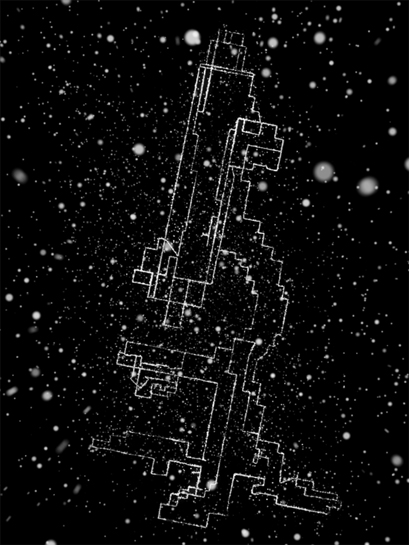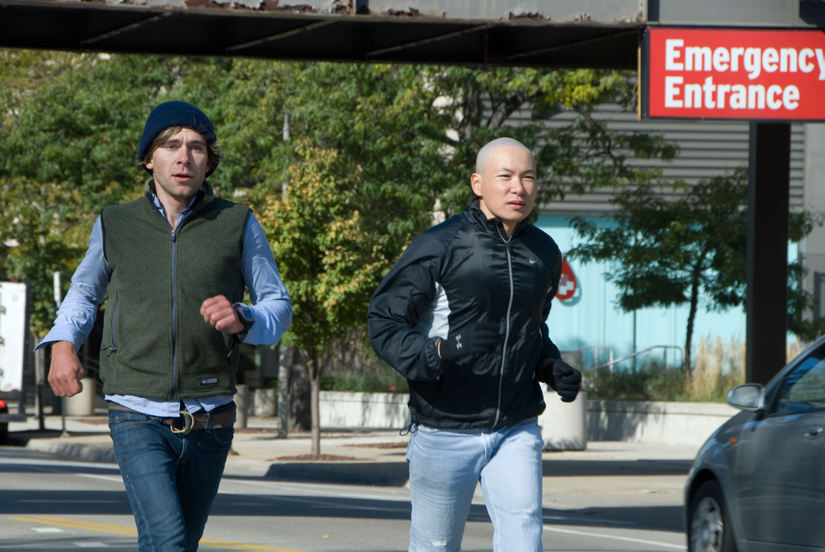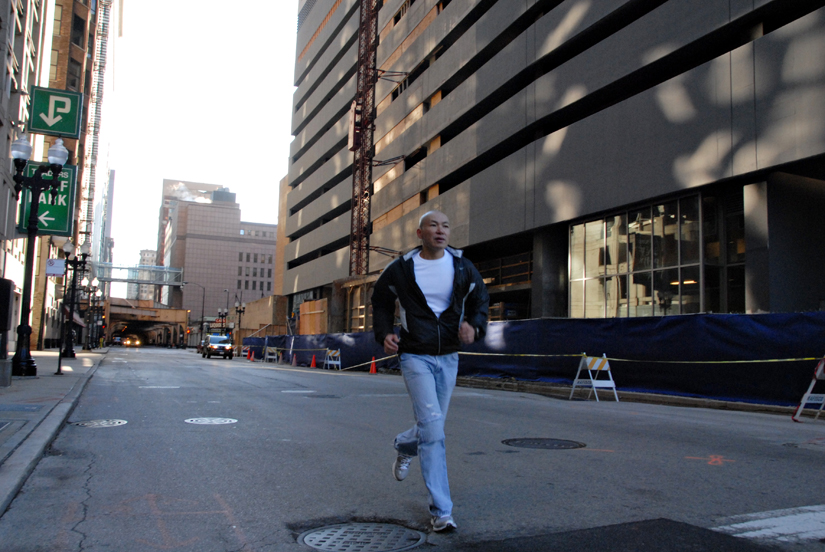Jun Nguyen-Hatsushiba Exhibition "Thank you ありがとう Cam on"(TOKYO)
28 July - 8 September 2010
We are pleased to announce “Thank you ありがとうCam on”, Jun Nguyen-Hatsushiba’s first solo show in 3 years at Mizuma Art Gallery.
Born in 1968 to a Japanese mother and and a Vietnamese father, Jun Nguyen-Hatsushiba spent his childhood in Japan before moving to the USA to get an education, he now works and lives in Ho Chi Minh City, Vietnam. His work “Memorial Project” started in 2001 and addressing issues such as boat people and social minorities made his name in the international contemporary art scene.
The show is an expression of the artist’s gratitude to one of the most important person in his life, his late father, and their mutual experiences that have nurtured into the artist’s creative and spiritual development. It is also a reflection of the artist’s continuing search and understanding of memorial. The show brings recollection of their shared life being “negotiators” between multiple borders: Vietnam, Japan, and America.
“My career started with a promise with my father that I would pursue the life of an artist. That promise kept me busy over the years as my father always showed hesitation that his only son wasn’t pursuing law, engineering or medicine like the children of his friends, perhaps a typical reservation of many parents.
As he was looking into my artistic practice, I was looking at his life, a man who would traverse national borders. Such was our bond, his attempt to grasp my future and my desire to reclaim his past.
This exhibition is my love for him for giving me the courage to pursue the making of art. There is simply no other word, but to say thank you.”
The nearest star to earth is the sun. The stars we see at night are like the sun in different solar systems far away from us. The distance between any two stars are far from what humans can easily imagine. Thus, the sun and the star become separate entities in our microcosmic world and yet essentially they are the same.
In the flag piece, “The Sun and the Star“, the (Japanese) sun is on one side and the (Vietnamese) star on the other, back to back to become one flag, the span of an unimaginable galactic distance now reduced to a few layers of fabric.
Another flag piece, “The Star and the Stars” transforms the experience of something American and something Vietnamese as stars migrate from one side to the other to become one flag. At many levels, the two flags become portraits of the artist and his father sharing the air that contains the three nations.
“A Picnic under the Sugar Palm and the Bodhi Tree” is a large sculptural wall installation of clay and soil depicting the underground activity of intertwining roots between the two trees. It is inspired from the vegetation found along the southern tip of the Vietnam/Cambodia border. It is here in the installation, below the surface of mankind where viewers can sit and contemplate the concept of borderlines. In our lives ancestral roots may cross and share borders in many unimaginable ways.
“Breathing is Free: 12,756.3 – Chicago Microscope (A Self-portrait), 88.5km” fulfills the “promise” of the artist with his father. A rear projection video work created through the artist’s recent epic project (a long term project where he pursues to run the distance of the Earth’s diameter) demonstrates closer observation into the place where he had begun his artistic career. It is a human tendency to observe past places of significance and recollect the fragmented images. The places where our memories were produced become the motivations for revisit. Our memories help us to magnify our senses in a quest to rediscover the past. The project was made possible when the artist received an invitation to return as a Distinguished Alumni of the School of the Art Institute of Chicago.
Covering the center floor of the gallery is a memorial for the artist’s father and the recent message the artist has deciphered. “January 8, 1940 – September 8, 2009 and Onwards” shows a 7 meter fallen flagpole surrounded by flagpole seedlings. The artist decides to carefully transplant the seedlings into pots. While the flags we hoist identify who we are, our nationalities, and places of belonging, the artist believes that it is the flagpole, rather than the flag itself, which we must nurture. The flag then is like the blossoming of a flower. And perhaps, if we all become busy in tending to grow flagpoles, we can begin to see a wonderful evolution of colors and shapes not found in any national flags. Each flag will be unique and individualized. When that happens, we can picnic under the sugar palm and the bodhi tree in peace.
The exhibition closes on the one-year anniversary of the passing of the artist’s father.
http://www.breathingisfree.net/







